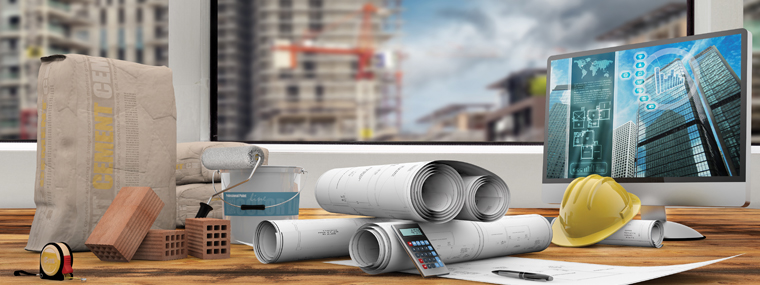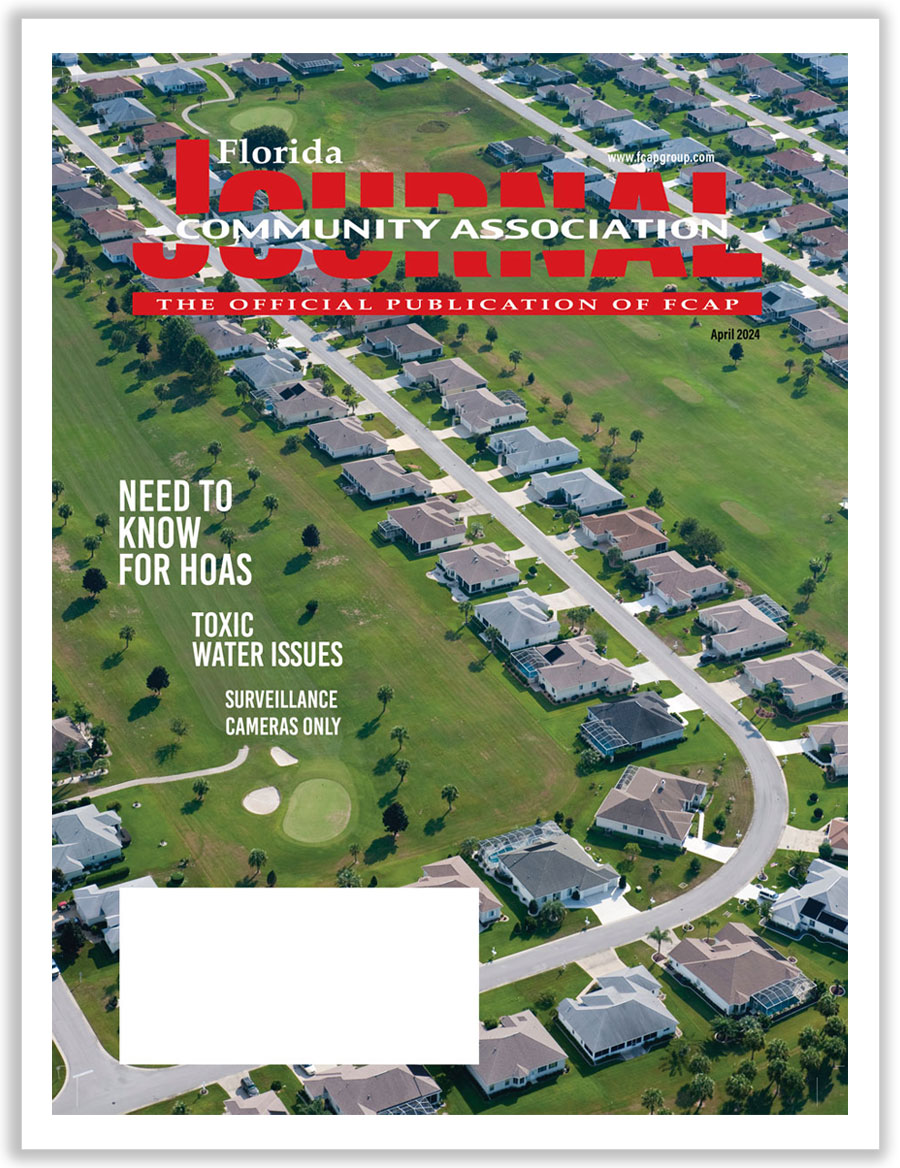
Managing Your Concrete Restoration Project
By Anna Brautigam / Published November 2019

Well begun is half done”—proverb quoted by Aristotle
Concrete restoration projects are not fun. Anyone who has been through one as a Florida condominium association resident, board member, or manager knows this. Most condominium concrete restoration projects exceed original estimates for schedule and budget, leaving homeowners and board members stressed and uncomfortable. Change orders, overages, delays, chaos, and poor pre-construction preparation and planning are usually the sources of the problems. Improving the pre-construction process is the key to preventing these necessary headaches.
The most critical phase of any major restoration project is that first step: developing the scope of work and specifications for the project. This is the roadmap that will guide the project’s direction, budget, and potential success. It will also give boards the tools they need to hold contractors accountable.
Association boards commonly make two mistakes during this critical phase: 1) rushing the process and 2) underestimating quantities.
Rushing the Process
Any major project can create tension in the community. Boards are pressured to get a lot done quickly and are often driven by deadlines: the next election, the next board meeting, the snowbird season, and hurricane season. Creating deadlines based on the board’s agenda rather than project requirements means critical elements may be overlooked.
In a concrete restoration project, the scope of work will be defined with the help of a structural engineer. This engineer needs time to assess the current conditions of the building, provide a scope of work, identify potential pitfalls, and estimate the amount of work to be performed. Additionally, the association should have an independent project manager to act as a second set of eyes and advocate for the association during this process. If these important key players are rushed by board-established deadlines, the association will not have an accurate estimate of costs and time. Reality will hit sooner or later, with extra pain if the project is already underway.
The solution is to take the time to advocate for your association, ask questions, and allow the professionals to investigate and consider all possible factors, outcomes, and costs during the pre-construction phase. Extra time spent in this phase saves time and money in the long run.
Underestimating Quantities
Often boards will push an engineer or design professional to create a scope of work and budget that reflect what the association wants—not what the project needs. How does this happen?
One frequent problem arises with unit pricing. Concrete restoration projects are based on estimated quantities and costs per unit of measure. The contractor’s cost per unit is multiplied by the estimated quantities of each repair type, based on the engineer’s inspection of the building.
Contractor unit prices are based on economies of scale: the greater the amount of work to be done, the lower the cost per unit. Conversely, the smaller the scope of work, the higher the unit costs. You would not pay the same price per square foot to install floor tile in a 40 sq. ft. bathroom as you would to install tile on 2,000 sq. ft. of unit balconies. Concrete restoration is the same.
With all the pressures and fears around the cost and disruption of concrete restoration projects, it is tempting for boards, and even their hired consultants, to hope and plan that the amount of work will not be “that bad.” It makes the politics, the budgeting, and the interactions with homeowners easier. It helps the community feel more comfortable with the situation temporarily.
Assuming the best possible outcome in a concrete restoration project means there is little room to deal with reality. Engineering standards and code compliance require concrete and steel reinforcement to be repaired if there are certain levels of deterioration. The exact amount and nature of the repairs cannot be known until the work begins, concrete is chipped away, and the underlying conditions are revealed, whether “not that bad” or exactly “that bad.”
By assuming “not that bad” from the beginning, the association may commit to a high unit cost and an inadequate budget, resulting in excessive change orders and financially unprepared owners.
A Case Study in Rushing and Underestimates
An iconic high-rise condominium in the heart of Miami Beach needed concrete restoration. The board members had a budget in mind based on the association’s reserves and what they were willing to assess against the homeowners. The association hired an engineer to create specifications and estimate the quantity of work needed. This estimate was based on a limited inspection of the building and was significantly below what would be typical for a building of similar size and age. After reviewing the engineer’s specifications and contractor bids, the board asked the engineer to further reduce quantities of work so bids would fit into the board’s pre-established budget. Because the quantity estimates were so low, the contractor’s price per unit was high. The contractor was hired based on these low estimated quantities.
The project commenced, and once the contractor had finished repairs on less than one tenth of the building’s balconies, they had already reached 100 percent of the budgeted amount for most repair types. With 90 percent of the project left to go, the association had already spent nearly its entire project budget. Rushing and underestimates led to an association facing a new and unpleasant reality.
DSSC was hired to correct the project scope, develop a realistic budget, and rebid the project. Unit costs were renegotiated with the contractors based on new estimates. Alternate means and methods of repair were recommended in order to deliver the project within the client’s new budget. Through these methods, DSSC was able to save this association more than $1.1 million on what it would have otherwise paid under the previous contract and contracted unit costs. The board still had to pass another special assessment to cover the additional costs and scope of work, but this time the association was prepared for the reality of the project.
This is not an extreme case study. It happens all the time throughout Florida. Associations needlessly overspend millions of dollars by not giving the design, engineering, and planning process the time and attention needed to obtain realistic work estimates and budgets before beginning construction. Board members want to make the process easier on owners but often do them a disservice by leaving them under-prepared for reality.
Concrete restoration projects are complicated, expensive, and usually not optional. The best way to ensure your project’s success is to slow down the process, take the time upfront to fully understand the complexities, get the right team in place, and make sure work estimates are accurate. This will save time, money, and stress for your association once construction begins.
Anna Brautigam




